
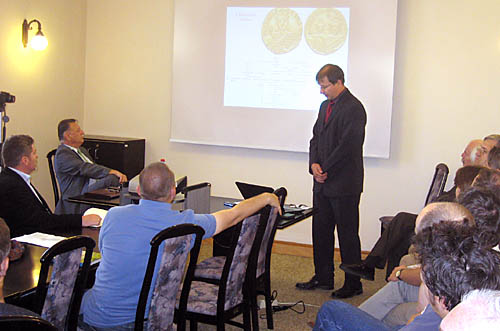
Council Hall of HAS RCH Institute of History
From the 9th century one of the early Hungarians neighbours’ of crucial importance – sometimes as an ally, sometimes as enemy – was Byzantium. The empire of Leo the Wise and later his son, Constantine Porphyrogennetos regarded the Hungarian Principality, led by Álmos and his heirs, as an unpleasant but sometimes very useful neighbour. The multi-faceted relationship of the two states is mirrored by the archaeological findings. At this period Byzantium was a thriving empire. However, Hungarians were far from being the chief concern of Byzantine leaders.
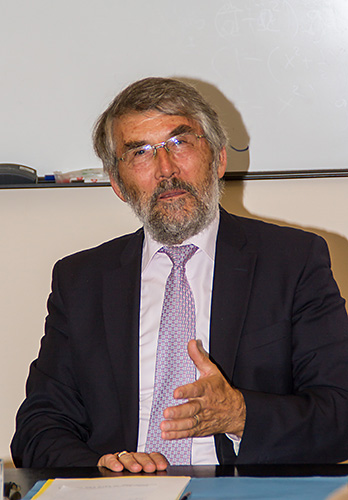 Lectures at the Institute of History
Lectures at the Institute of History
10.02. 2012.
Jean-Pierre Bois, professor emeritus at Université de Nantes, researcher of military history and international relations of early modern Europe, was the guest of the Institute and gave a lecture about the topic of his latest book “La paix ; histoire politique et militaire” (Perrin, 2011).
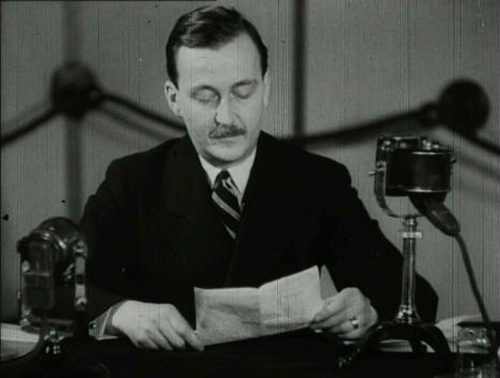 Summary of an international workshop conference
Summary of an international workshop conference
The opening ceremony of the research project The life and political role of János Esterházy in archival and press sources took place on October 5, 2012 in the Jakobinus Hall of HAS Research Centre for the Humanities. The title of the event was The career and remembrance of János Esterházy (Summing up of historical resources and the politician). The project is supported by International Visegrád Fund. The event was organized by Institute of History, HAS Research Centre for the Humanities, in cooperation with Forum Minority Research Institute in Samorín, Slovakia and consisted of two parts: an open workshop conference and a project discussion for specialists participating in this research.
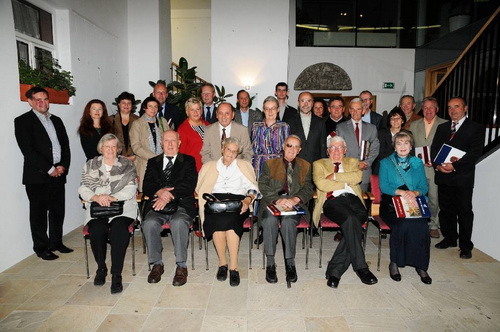 A lecture was delivered by János Varga J. in Stadtschlaining, Austria, at the conference organized for the 550th anniversary of the establishment of the town on September 17–20, 2012, entitled Andreas Baumkircher und das ausgehende Mittelalter. János Varga J.’s lecture was delivered in German, with the title Der Marktflecken Körmend von der Mitte des 15. bis zur Mitte des 16. Jahrhunderts.
A lecture was delivered by János Varga J. in Stadtschlaining, Austria, at the conference organized for the 550th anniversary of the establishment of the town on September 17–20, 2012, entitled Andreas Baumkircher und das ausgehende Mittelalter. János Varga J.’s lecture was delivered in German, with the title Der Marktflecken Körmend von der Mitte des 15. bis zur Mitte des 16. Jahrhunderts.
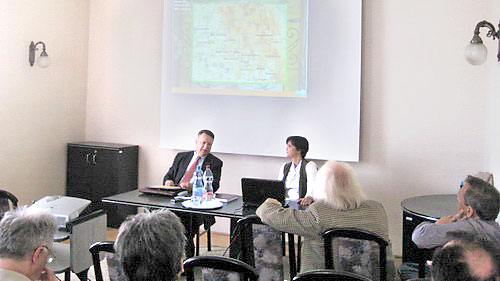 The Hungarian Prehistory Research Team of the Institute of History (Research Centre for the Humanities, Hungarian Academy of Sciences) held its lecture and discussion session on 14th June, 2012, about the Székely script.
The Hungarian Prehistory Research Team of the Institute of History (Research Centre for the Humanities, Hungarian Academy of Sciences) held its lecture and discussion session on 14th June, 2012, about the Székely script.
The Székely script is a kind of letter writing script, which was used among the Székelys of south-east Transylvania. Its origin is still controversial, though it has been studied by many scholars throughout the centuries.
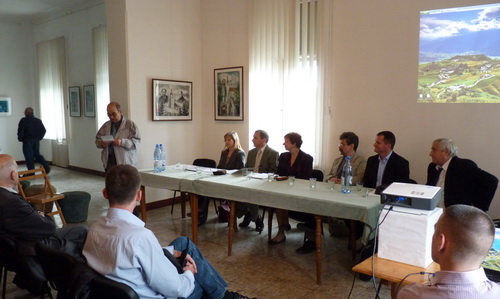 The Transylvanian Museum Society’s affiliate society in Gyergyószentmiklós (Gheorgheni) and the Adult Education Society of Gyergyó held a conference in Gyergyószentmiklós (Gheorgheni) on 7–8 June, 2012, titled as Hungarian kings and Transylvanian princes from a foreign viewpoint. Four researchers of our institute participated in the conference with lectures: Attila Zsoldos (lecture: II. András [Andrew II]), Boglárka Weisz (Was Károly I [Charles I] a Reformer?), Enikő Csukovits (The Unknown King Zsigmond [Sigismund]) and István Tringli (II. László [Ladislaus II]).
The Transylvanian Museum Society’s affiliate society in Gyergyószentmiklós (Gheorgheni) and the Adult Education Society of Gyergyó held a conference in Gyergyószentmiklós (Gheorgheni) on 7–8 June, 2012, titled as Hungarian kings and Transylvanian princes from a foreign viewpoint. Four researchers of our institute participated in the conference with lectures: Attila Zsoldos (lecture: II. András [Andrew II]), Boglárka Weisz (Was Károly I [Charles I] a Reformer?), Enikő Csukovits (The Unknown King Zsigmond [Sigismund]) and István Tringli (II. László [Ladislaus II]).
In his lecture Rudolf Paksa, junior research fellow of the Institute, spoke about his research, the topic, the research methods and results of his PhD thesis titled „The Hungarian Far Right Elite from the 1930s to 1945”, which he defended in May this year.
Page 10 of 12